Stratospheric plane begins test flights
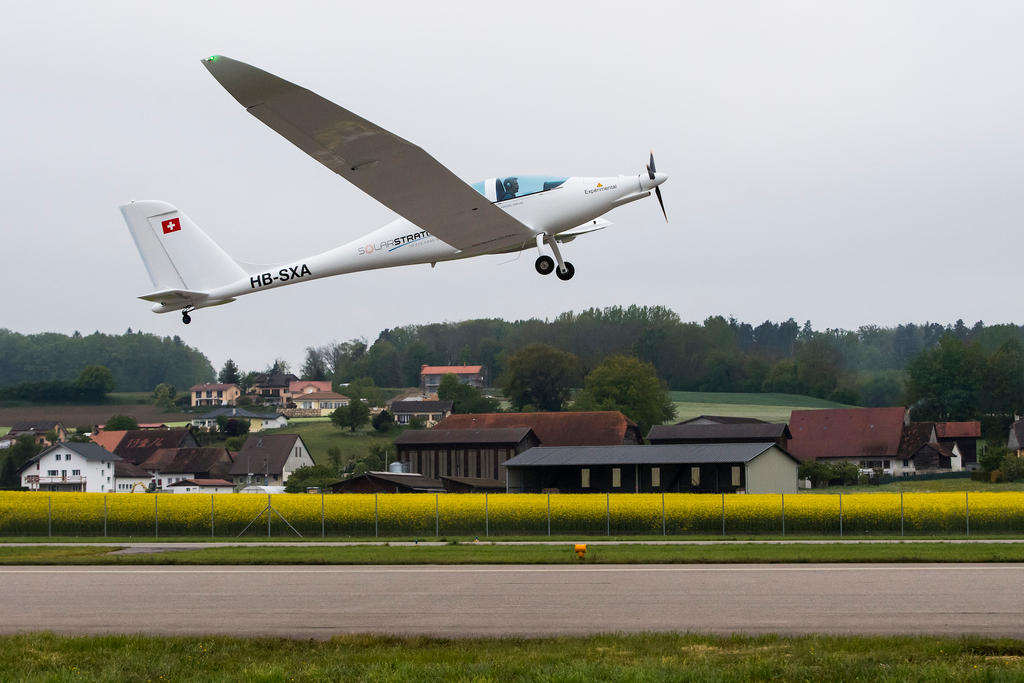
An experimental stratospheric solar plane has begun its first test flights in Payerne in western Switzerland. Eco-adventurer Raphael Domjan talks to swissinfo.ch about the challenges ahead as he prepares for his flight to the edge of space.
On Friday SolarStratosExternal link, a sleek 8.5-metre-long solar-powered plane with wings covered with 22 square metres (237 square feet) of solar panels, officially got off the ground at Payerne aerodrome.
After a series of roll tests – running the two-seater aircraft at increasing speeds – the plane completed its first flight that lasted seven minutes up to an altitude of 300 metres. Test pilot Damian Hischier landed safely and returned the plane to the hanger, under Domjan’s watchful eye.
“On the whole it went well. Obviously there will be small things that need adjusting,” Domjan told the Swiss News Agency on Friday.
The SolarStratos team plans to continue the test flights, slowly venturing up to higher altitudes.
The project @SolarStratosExternal link took to the air for the first time this morning in Payerne, #SwitzerlandExternal link! 🛩☀️🇨🇭 #SolarStratosExternal link pic.twitter.com/lxdtvA6LsZExternal link
— House of Switzerland (@HofSwitzerland) May 5, 2017External link
“It’s a very exciting moment for me and the whole team but we are a little bit anxious as we will now find out if all the things we did these last three years will work or not,” Domjan told swissinfo.ch ahead of the first flight.
By the end of next year, the Swiss adventurer and project leader hopes to fly the solar plane up into the icy stratosphere to 25,000 m above the Earth – three times the height of Mount Everest – which would represent a historical first for a solar plane fitted with electric engines.

More
Man on a mission – to the stratosphere
Hurdles
But beforehand, the 44-year-old faces some major hurdles. Domjan is an experienced pilot who started flying gliders at the age of 15, but he must now learn how to master the small experimental plane both in the air and on the ground using a flight simulator.
Step by step, Domjan hopes to complete medium-altitude flights this summer, followed by an attempt later this year to break the world altitude record for a manned solar plane (9,235 m), established by Solar ImpulseExternal link pilot André Borschberg in 2010.
The SolarStratos project comes just months after Swiss pilots Borschberg and Bertrand Piccard completed their historic round-the-world trip in the Solar Impulse solar-powered plane.
Switzerland is small; it is therefore not surprising that Piccard – from Lausanne – and Domjan – from Neuchâtel – are good friends. Domjan plans to invite Piccard, who founded Solar Impulse, to join him in the two-seater to break the record together.
Successful first flight. Congratulations @SolarStratosExternal link ! pic.twitter.com/qpHNqV1dbCExternal link
— Bertrand PICCARD (@bertrandpiccard) May 5, 2017External link
Piccard, who comes from a family of explorers, has been a huge inspiration for Domjan, who comes from a more modest background, his parents were social workers.
“Before Solar Impulse I never thought about solar projects. But when Bertrand launched Solar Impulse in 2003 it gave me this passion for solar energy and solar adventure,” he declared.
It has been a personal and professional transformation for Domjan, who used to work as a mechanic, paramedic and mountain guide. He now spends his time exploring and promoting clean technologies. In 2003, he covered the roof of his parents’ house in solar panels and founded a solar-powered web-hosting company. In 2012 he completed the first circumnavigation of the globe in a solar-powered boat PlanetSolar.
The Solar Impulse project has taught him important lessons for his own adventure.
“We saw that the size of the plane is really important. If the plane is too big the costs are really very high and it’s difficult to manage. You then need a huge team and it’s very expensive,” he explained. Solar Impulse cost around $170 million (CHF172 million), while SolarStratos should be more like $10 million.
While the dragonfly-like Solar Impulse II plane was 22 metres long with huge 72-metre wings, the SolarStratos prototype is a mere 8.5 metres long and has a wingspan of 24.8 metres. It weighs just 350kg (compared with 2,300 kg for Solar Impulse II).
Work in progress
Many elements of SolarStratos remain under development, however, adding a degree of uncertainty to the project. For example, the 20-kilowatt hour (kwh) lithium-ion battery that powers the experimental plane’s two 19kW motors produces around 50 horsepower, the equivalent of a small scooter. It is being developed by Austrian battery firm Kreisel ElectricExternal link. But it is unclear how the battery will handle in the stratosphere at freezing temperatures of up to -70 Celsius, where there is 2% of the oxygen compared to sea level, and air pressure falls to 0.019 atmospheres.
“The batteries are a big challenge,” admitted Domjan. “The batteries for the record flight are not ready yet, like the propeller. We have to change the propeller for the high-altitude flight. It’s a big challenge to have the best, lightest battery.”
Weight is a big issue, including for the pilot. “Even I have to lose 10kg before the flight,” he jokes.
The solar panels, manufactured by Sunpower, are the same cells used on the PlanetSolar boat and on Solar Impulse. The lightweight solar systems on SolarStratos, weighing just 20kg, were further developed and tested by researchers at the Swiss Centre for Electronics and Microtechnology (CSEM) in Neuchâtel.External link
“We have to push the limits with the cells with the weight so we are very light. Less than one kg per square metre,” he notes. “We are ten times lighter than what you can find on the market today.”
For weight purposes, the aircraft will not be pressurised, so Domjan will wear an ultra-lightweight spacesuit powered by solar energy, another world first. The suit is being designed by the Russian firm ZvezdaExternal link, which created suits for Yuri Gagarin, the first man in space, and Alexey Leonov, who completed the first spacewalk.
But controlling the plane while wearing the suit in the cramped cockpit and with restricted views will require special training, he adds.
Despite the monumental challenges ahead, the reserved Swiss explorer remains unfazed.
“I’m not really worried as my focus is step by step. I also have a very good team and of course we have to be very careful. I will have no parachute so there is no plan B with SolarStratos. But if there is no risk, it is no longer an adventure,” he says.
The SolarStratos team estimates that the journey to and from the stratosphere will take around five and a half hours: 2.5 hours to reach space, followed by 15 minutes of broad daylight and stars, then three hours to return to Earth.
The flight is part of Domjan’s wider goal is to demonstrate the ‘amazing things that can be done with solar energy today’.
If all goes to plan, after completing the stratospheric flight, he is already thinking about the development of high-altitude commercial flights with bigger aircraft to compete with balloon firms like Zero2Infinity and WorldView. Another idea is to create stratospheric solar drones to replace or support satellites. Such drones are currently being developed by Facebook and Google, among others.

In compliance with the JTI standards
More: SWI swissinfo.ch certified by the Journalism Trust Initiative

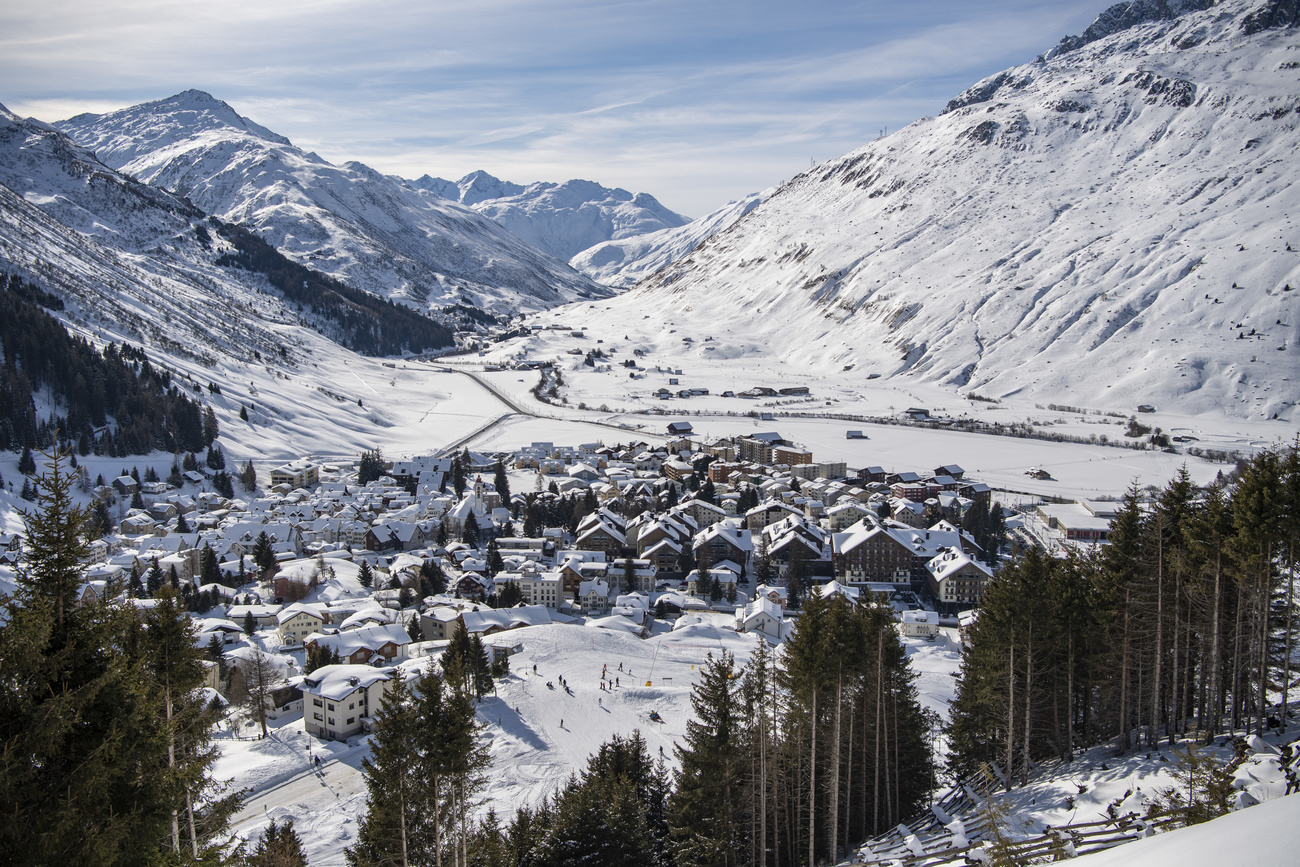



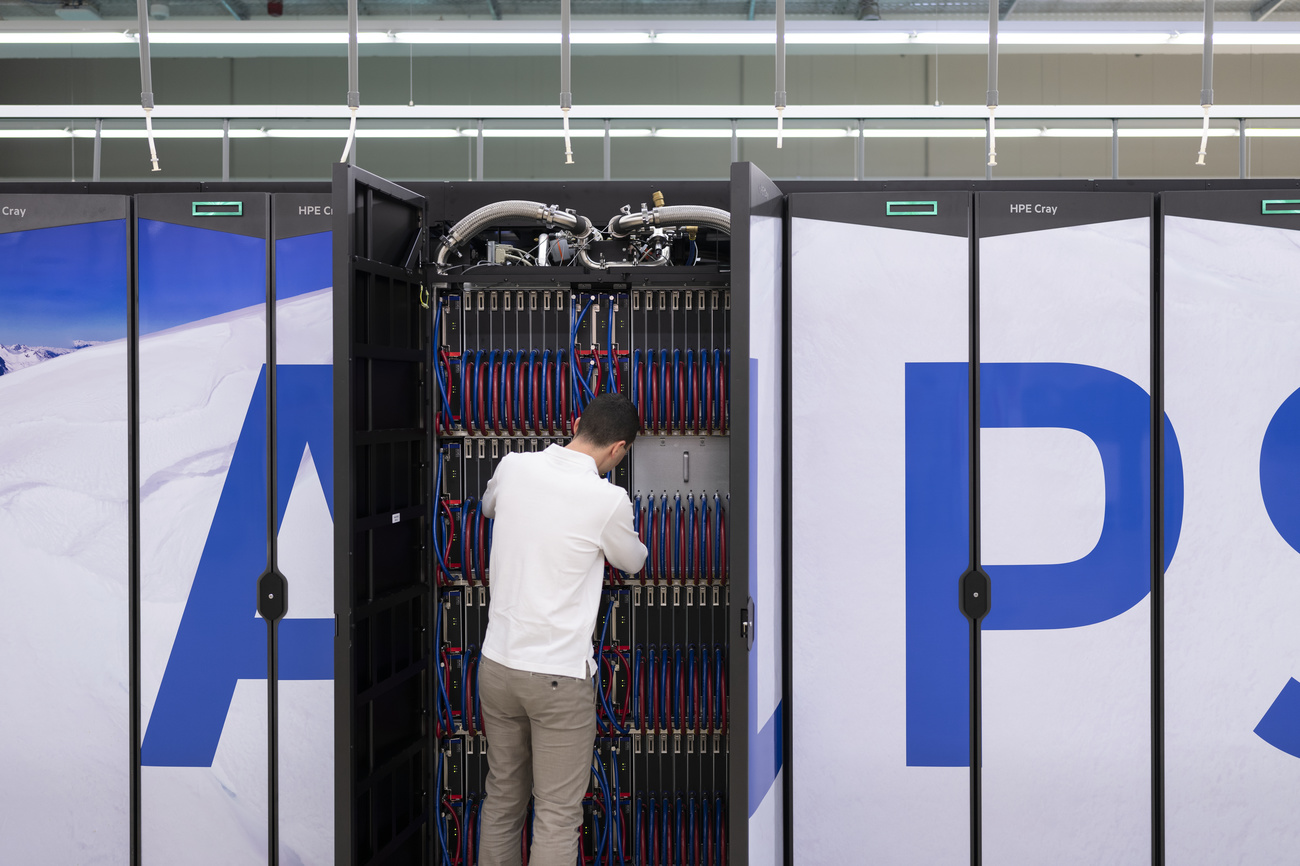




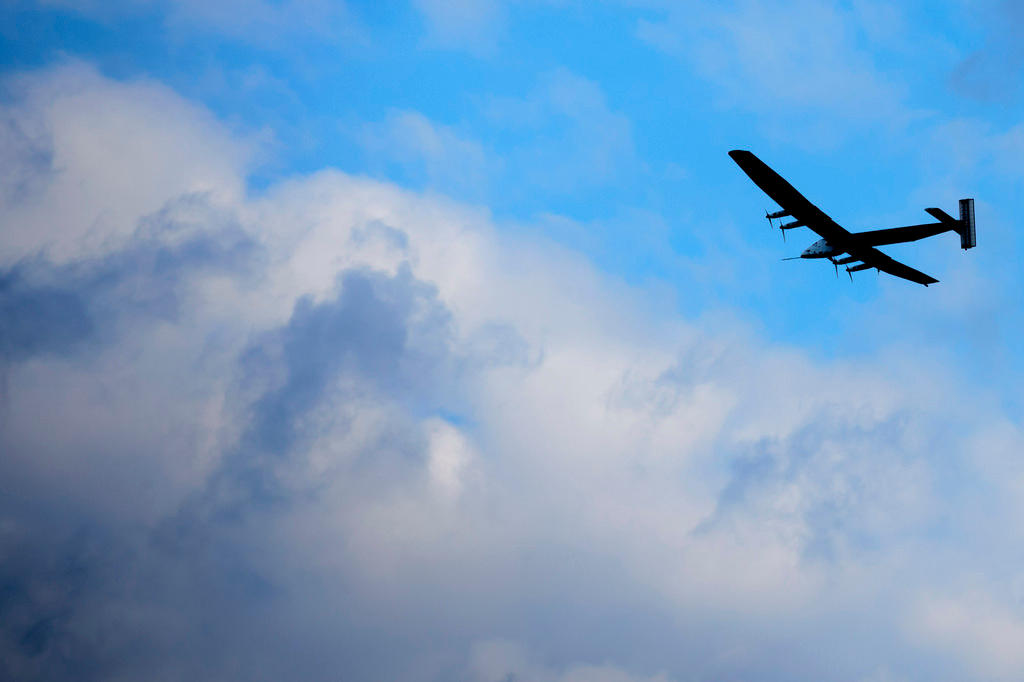
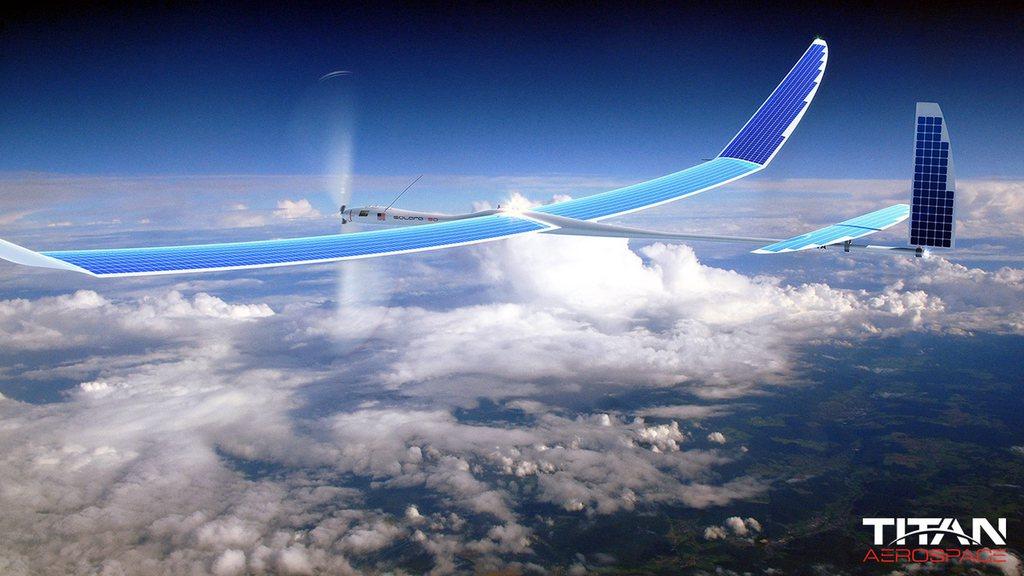

You can find an overview of ongoing debates with our journalists here . Please join us!
If you want to start a conversation about a topic raised in this article or want to report factual errors, email us at english@swissinfo.ch.